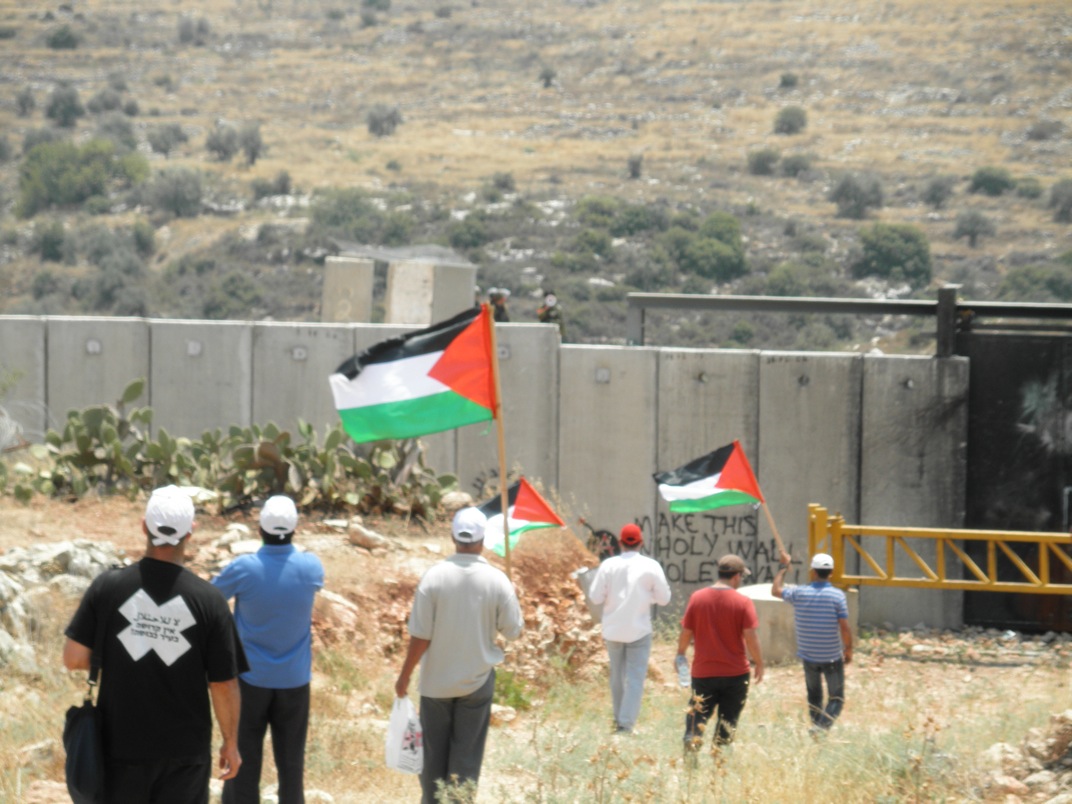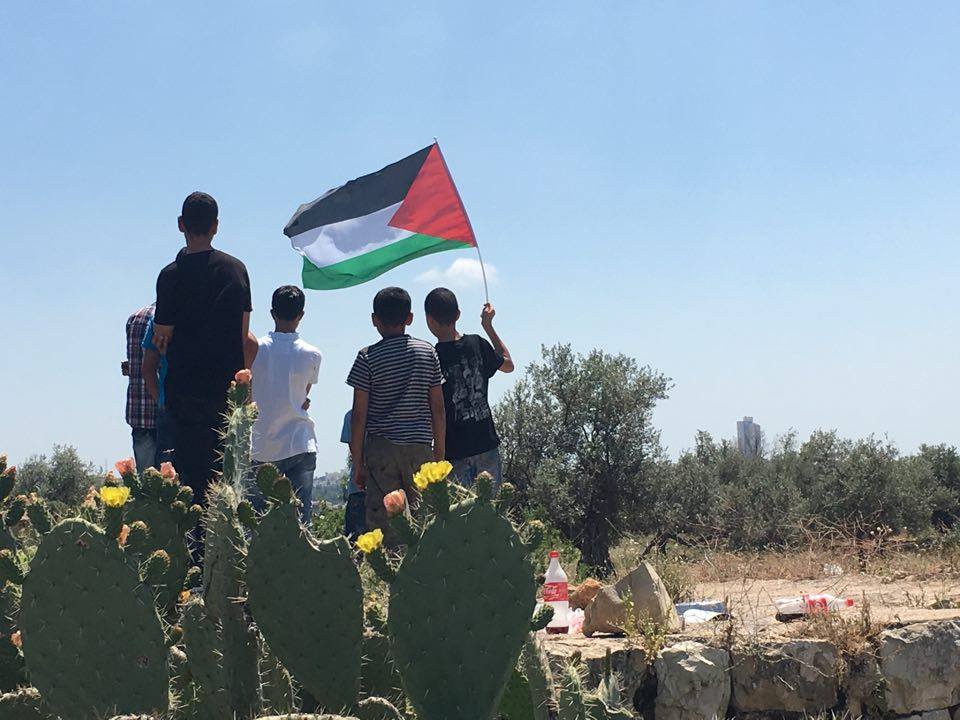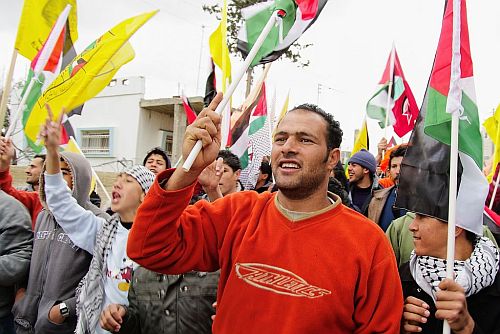Tag: Rubber-coated steel bullets
-
Violent night raid in Ni’lin leaves 7-days old baby suffering from tear gas inhalation
3rd May 2016 | International Solidarity Movement, al-Khalil Team | Ni’lin, occupied Palestine During nighttime on the 1st of May, Israeli Forces raided the village of Ni’lin in the West Bank in occupied Palestine without any reason. First, with the arrival of one military jeep, villagers were already aguishly awaiting why the Israeli army is…
-
Israeli forces attack weekly protests in the West Bank
2nd May 2016 | International Solidarity Movement, al-Khalil team | Deir Istiya, Kafr Qaddum, Ni’lin; occupied Palestine Last week, as every week, Israeli forces attacked demonstrations in the West Bank against the illegal Israeli land-theft, the apartheid-wall and illegal Israeli settlements. In Deir Istiya, near Nablus in northern occupied West Bank, farmers continued their protest…
-
Bi’lin Protest on the anniversary of the death of Bassam Abu Rahma
17th April 2016 | International Solidarity Movement, al-Khalil team | Bi’lin, occupied Palestine This Friday 15th April, the village of Bi’lin held their long-running protest against the illegal Israeli occupation and Apartheid wall. However, the protest on this day was tinged with further sadness, falling as it did on the seven-year anniversary of the death…



